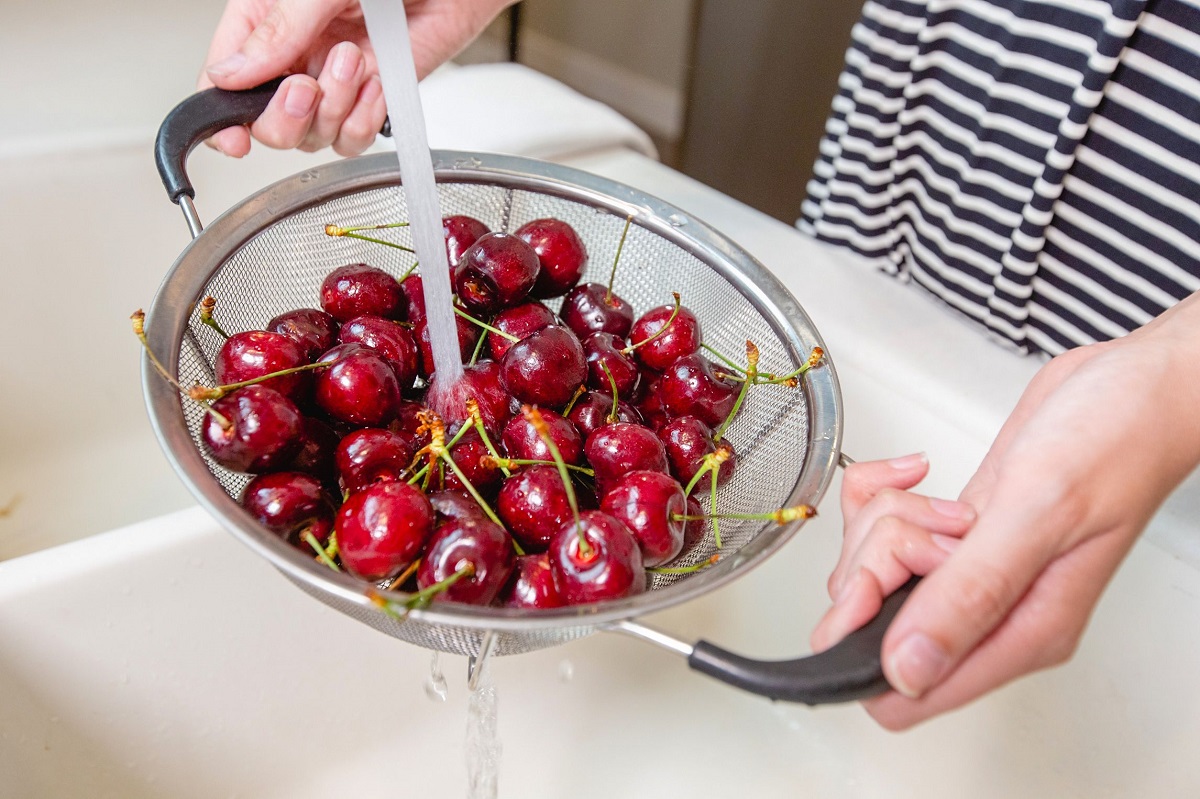

Articles
How To Store Cherries After Washing Them
Modified: February 24, 2024
Learn the best methods for storing cherries after washing them. This informative article provides tips and techniques to keep your cherries fresh and delicious.
(Many of the links in this article redirect to a specific reviewed product. Your purchase of these products through affiliate links helps to generate commission for Storables.com, at no extra cost. Learn more)
Introduction
Cherries are delicious, juicy fruits that are packed with antioxidants, vitamins, and minerals. They are a popular summer treat, enjoyed both fresh and in various culinary creations. However, once you have washed your cherries, it is crucial to store them properly to maintain their freshness and extend their shelf life.
Properly storing cherries after washing not only ensures that they stay juicy and flavorful for longer but also helps prevent spoilage and preserves their nutritional value. In this article, we will explore the importance of storing cherries after washing and provide you with some best practices and tips to help you do it effectively. Whether you plan to store cherries in the refrigerator, freeze them, or can them for longer shelf life, we have got you covered.
Key Takeaways:
- Properly storing cherries after washing is crucial to maintain their freshness, extend shelf life, and preserve nutritional value. Whether refrigerating, freezing, or canning, following best practices ensures long-lasting enjoyment of these delicious fruits.
- When storing cherries, precautions such as avoiding moisture exposure, gentle handling, and regular inspection for spoilage are essential. By following these precautions and proper storage methods, you can maximize the freshness and enjoyment of your cherries long after washing.
Read more: How To Store Cherries
Why it’s important to store cherries properly after washing
After washing cherries, it’s essential to store them correctly to maintain their quality and prevent them from spoiling quickly. Here are a few reasons why proper storage is crucial:
- Preserving freshness: Storing cherries properly after washing helps to preserve their freshness and flavor. Cherries are delicate fruits that can easily lose their juiciness and become dull if not stored correctly. The right storage method can help retain their vibrant color and taste.
- Extending shelf life: Storing cherries properly after washing can help extend their shelf life. Cherries are highly perishable and can spoil quickly if not stored in the appropriate conditions. By following proper storage techniques, you can enjoy fresh cherries for a more extended period.
- Minimizing spoilage: Cherries are prone to mold and microbial growth, especially when they are not stored correctly. By ensuring they are stored properly, you can minimize the risk of spoilage and reduce food waste.
- Preserving nutritional value: Cherries are packed with essential nutrients and antioxidants that are beneficial for our health. Proper storage helps preserve their nutritional value, ensuring you can enjoy the full benefits of these delicious fruits.
By understanding the importance of storing cherries properly after washing, you can ensure that you get the most out of your fresh cherries and avoid unnecessary waste. In the following sections, we will explore some best practices for washing cherries and provide you with tips for storing them effectively after washing.
Best practices for washing cherries
Before we dive into the various methods of storing cherries after washing, let’s explore some best practices for washing cherries:
- Rinse with cool water: Start by rinsing your cherries under cool tap water. Gently rotate them to ensure all surfaces are evenly washed. Avoid using hot water, as it can cause the cherries to soften.
- Avoid harsh chemicals: It is best to avoid using harsh detergents or soap to wash cherries. These chemicals can leave residue on the fruit and alter its flavor. Stick to using clean water for rinsing.
- Inspect for defects: While washing, take a moment to inspect the cherries for any defects or signs of spoilage. Remove any cherries that are bruised, damaged, or have signs of mold.
- Pat dry gently: After washing, it’s important to remove excess moisture from the cherries. Use a clean, lint-free cloth or paper towel to gently pat them dry. Avoid rubbing or squeezing the cherries, as this can damage their delicate skin.
Following these best practices will help ensure that your cherries are clean and ready for storage. Now let’s move on to some tips for storing cherries after washing.
Tips for storing cherries after washing
Once you have washed your cherries using the best practices mentioned earlier, it’s time to consider the best methods for storing them. Here are some tips to help you store your cherries effectively after washing:
- Method 1: Storing cherries in the refrigerator: One of the simplest ways to store cherries after washing is by keeping them in the refrigerator. Place the cherries in a perforated plastic bag or a breathable container to allow air circulation. Store them in the vegetable crisper drawer, which maintains a slightly higher humidity level, preventing the cherries from drying out. Remember to remove any damaged or spoiled cherries before storing them in the refrigerator.
- Method 2: Freezing cherries for long-term storage: If you have an abundance of cherries and want to enjoy them for an extended period, freezing is a great option. Start by pitting the cherries and spreading them in a single layer on a baking sheet. Place the baking sheet in the freezer until the cherries are frozen solid. Once frozen, transfer the cherries to a freezer-safe bag or container. The individually frozen cherries can be easily portioned and used in smoothies, desserts, or pies throughout the year.
- Method 3: Canning cherries for extended shelf life: Canning is another method that allows you to preserve cherries for a longer shelf life. Prepare a simple syrup by combining water and sugar, and bring it to a boil. Pit the cherries and pack them tightly into sterilized jars. Pour the hot syrup over the cherries, leaving a half-inch headspace. Secure the lids tightly and process the jars in a water bath canner according to the recommended time for your altitude. Canned cherries can be stored in a cool, dark place for several months.
These methods provide different options based on your preference and needs. Whichever method you choose, keep in mind that cherries are sensitive to temperature and moisture changes, so try to minimize exposure to air and fluctuations in temperature.
Lastly, here are a few precautions to consider when storing cherries after washing:
- Avoid storing cherries near strong-smelling foods, as they can absorb odors.
- Do not wash cherries until you are ready to use them or store them, as the excess moisture can promote spoilage.
- Regularly check the stored cherries for any signs of spoilage and remove any affected fruits to prevent contamination.
By following these tips and precautions, you can maximize the freshness and shelf life of your cherries after washing, ensuring that you can enjoy them for longer periods.
Method 1: Storing cherries in the refrigerator
One of the simplest and most popular methods for storing cherries after washing is by keeping them in the refrigerator. Follow these steps to ensure your cherries remain fresh:
- Choose the right container: Use a breathable container, such as a perforated plastic bag or a container with ventilation holes, to store your cherries. This allows for proper airflow, preventing moisture build-up and maintaining the cherries’ freshness.
- Remove damaged cherries: Before storing, carefully inspect your cherries and remove any that are bruised, damaged, or showing signs of mold. Damaged cherries can spoil quickly and affect the quality of the other cherries.
- Do not wash until ready to eat: It is best to avoid washing cherries until you are ready to consume them or use them in a recipe. Washing them before storage can introduce excess moisture, increasing the risk of spoilage.
- Store in the vegetable crisper drawer: Place the breathable container of cherries in the vegetable crisper drawer of your refrigerator. This drawer helps maintain a slightly higher humidity level, which is beneficial for cherries and prevents them from drying out.
- Keep away from strong odors: Cherries can easily absorb strong flavors and odors. To prevent this, store them away from pungent foods like onions, garlic, and strong cheeses.
- Regularly check for spoilage: Periodically inspect your stored cherries for any signs of spoilage. Remove any cherries that have started to decay to prevent them from contaminating the others.
By following these steps, you can store your washed cherries in the refrigerator and enjoy their freshness for up to a week.
Remember, cherries are highly perishable fruits, and the quality may decrease over time, even with proper storage. Therefore, it is best to consume them as soon as possible for the most delicious flavor and optimal nutritional value.
After washing cherries, make sure to dry them thoroughly with paper towels before storing them in a breathable container in the refrigerator. This will help prevent mold and spoilage.
Method 2: Freezing cherries for long-term storage
If you have an abundance of cherries and want to enjoy their deliciousness throughout the year, freezing is a fantastic option. Follow these steps to freeze cherries properly after washing:
- Pit the cherries: Start by removing the pits from the cherries. You can use a cherry pitter or a small knife to carefully remove the pits. Alternatively, you can choose to freeze the cherries with the pits intact, but remember to inform others before using them in recipes.
- Spread on a baking sheet: Once the cherries are pitted, spread them out in a single layer on a baking sheet lined with parchment paper or a silicone mat. Make sure the cherries are not touching each other, as this will prevent them from sticking together during freezing.
- Freeze until solid: Place the baking sheet with the cherries in the freezer and allow them to freeze until solid. This usually takes a few hours, depending on the size of the cherries and the temperature of the freezer.
- Transfer to freezer-safe bags or containers: Once the cherries are fully frozen, carefully transfer them to freezer-safe bags or airtight containers. Make sure to label and date the bags or containers for future reference.
- Remove excess air: Squeeze out any excess air from the bags or containers before sealing them. This helps prevent freezer burn and ensures the cherries retain their quality during freezing.
- Return to the freezer: Place the sealed bags or containers back in the freezer, ensuring they are stored in a way that prevents them from getting crushed or damaged.
Frozen cherries can be stored for up to a year in the freezer, maintaining their flavor, color, and nutritional value. You can use them in smoothies, baked goods, or thaw them for a refreshing treat.
When you’re ready to use the frozen cherries, you can thaw them at room temperature or incorporate them directly into recipes. Frozen cherries can also be used straight from the freezer in cooking and baking, such as in pies or sauces.
By following these steps, you can enjoy the taste of fresh cherries all year round and add a burst of flavor to your favorite dishes and desserts.
Method 3: Canning cherries for extended shelf life
If you’re looking for a method to preserve cherries that will allow you to enjoy their goodness for an even longer period, canning is the way to go. Follow these steps to can cherries after washing:
- Prepare the cherries: Start by washing the cherries thoroughly under cool water. Remove the stems and pits using a cherry pitter or a small knife. You can choose to leave the cherries whole or halve them, depending on your preference.
- Prepare a simple syrup: In a saucepan, combine water and sugar to create a simple syrup. The ratio of water to sugar usually varies, but a common ratio is 2 cups water to 1 cup sugar. Bring the mixture to a boil, stirring until the sugar is completely dissolved.
- Pack the cherries: Pack the prepared cherries tightly into sterilized glass jars, leaving a half-inch headspace at the top. Be careful not to crush the cherries while packing.
- Add the simple syrup: Pour the hot simple syrup over the cherries, covering them completely. Leave a half-inch headspace to allow for expansion during processing.
- Remove air bubbles: Gently run a non-metallic utensil, such as a chopstick, along the inside edges of the jar to release any trapped air bubbles.
- Secure the lids: Wipe the rims of the jars with a clean, damp cloth to remove any residue. Place the lids on the jars and tighten them securely, following the manufacturer’s instructions.
- Process the jars: Submerge the filled and sealed jars in a water bath canner, ensuring they are covered with at least 1 inch of water. Process the jars for the recommended time based on your altitude and jar size. Typically, the processing time ranges from 10-25 minutes.
- Allow cooling and check for seals: Once the processing time is complete, carefully remove the jars from the water bath canner and place them on a clean towel. Allow the jars to cool undisturbed for several hours or overnight. Once cooled, check for proper seals by pressing down on the center of the lids. If the lids do not flex or pop, the jars are properly sealed.
- Store in a cool, dark place: Label the sealed jars with the contents and date, and store them in a cool, dark place such as a pantry or cellar. Properly canned cherries can last for up to a year.
Canned cherries are a versatile pantry staple that can be used in various recipes, from pies and preserves to sauces and toppings. They make for a delicious addition to your culinary creations throughout the year.
By following the steps above, you can enjoy the beautiful taste of cherries long after the season has ended.
Precautions to take when storing cherries
While storing cherries after washing, it’s essential to take certain precautions to maintain their quality and prevent spoilage. Here are some precautions to keep in mind:
- Avoid exposure to moisture: Moisture can accelerate the deterioration of cherries. Ensure that cherries are thoroughly dry before storing them to prevent excess moisture from causing mold or rot.
- Handle cherries gently: Cherries are delicate fruits and can easily bruise or become damaged. Handle them gently to minimize any bruising that can lead to spoilage.
- Store cherries separate from other fruits: Cherries release ethylene gas, which can accelerate the ripening and spoilage of other fruits. It’s best to store cherries separately or with fruits that are not sensitive to ethylene gas.
- Keep cherries away from strong odors: Cherries can absorb strong odors, affecting their flavor. Store them away from pungent foods like onions, garlic, and strong cheeses to maintain their natural taste.
- Regularly check for spoilage: Periodically inspect your stored cherries for any signs of spoilage. Discard any cherries that show mold, mushiness, or have an off-putting smell. Removing spoiled cherries ensures that the rest stay fresh.
- Use proper storage containers: Choose breathable containers or bags for refrigerated cherries to maintain proper airflow and prevent excess moisture buildup. For frozen cherries, use airtight containers or freezer bags to prevent freezer burn.
By following these precautions, you can prolong the shelf life of your cherries and ensure they remain delicious and safe to consume.
Remember, the quality of cherries can gradually decline over time, even with proper storage. It’s best to consume them within a reasonable time to enjoy them at their peak flavor and texture.
By taking these precautions and implementing the proper storage methods, you can maximize the freshness and enjoyment of your cherries long after you have washed them.
Conclusion
Properly storing cherries after washing is essential to maintain their freshness, flavor, and nutritional value. Whether you choose to store them in the refrigerator, freeze them, or can them, following the right methods and precautions will ensure that you can enjoy these delightful fruits for an extended period.
By adhering to best practices for washing cherries, such as rinsing with cool water and avoiding harsh chemicals, you can ensure that your cherries are clean and ready for storage. Additionally, inspecting for defects and gently patting dry after washing will help preserve their quality.
Storing cherries in the refrigerator involves choosing the right container, removing damaged cherries, and utilizing the vegetable crisper drawer to maintain optimal humidity. This method allows you to enjoy freshly washed cherries for up to a week.
If you have an abundance of cherries, freezing them is an excellent option for long-term storage. Remember to pit the cherries and spread them out on a baking sheet before transferring to freezer-safe bags or containers. Frozen cherries can be used in various recipes and will last for up to a year in the freezer.
Canning cherries provides an even longer shelf life. By preparing a simple syrup and packing the cherries tightly into sterilized jars, you can create a delicious pantry staple that can be enjoyed for up to a year. Remember to follow proper canning procedures and store the jars in a cool, dark place.
When storing cherries, it’s important to take precautions to prevent spoilage. Avoid exposure to moisture, handle cherries gently, store them separately from other fruits, and regularly check for signs of spoilage. By following these precautions, you can ensure that your cherries stay fresh for as long as possible.
In conclusion, proper storage methods and practices are key to preserving the quality of cherries after washing. Whether you store them in the refrigerator, freeze them, or can them, taking the necessary steps will allow you to enjoy these delightful fruits throughout the year. So, wash your cherries with care, store them properly, and savor their sweet and tangy taste for as long as possible!
Frequently Asked Questions about How To Store Cherries After Washing Them
Was this page helpful?
At Storables.com, we guarantee accurate and reliable information. Our content, validated by Expert Board Contributors, is crafted following stringent Editorial Policies. We're committed to providing you with well-researched, expert-backed insights for all your informational needs.


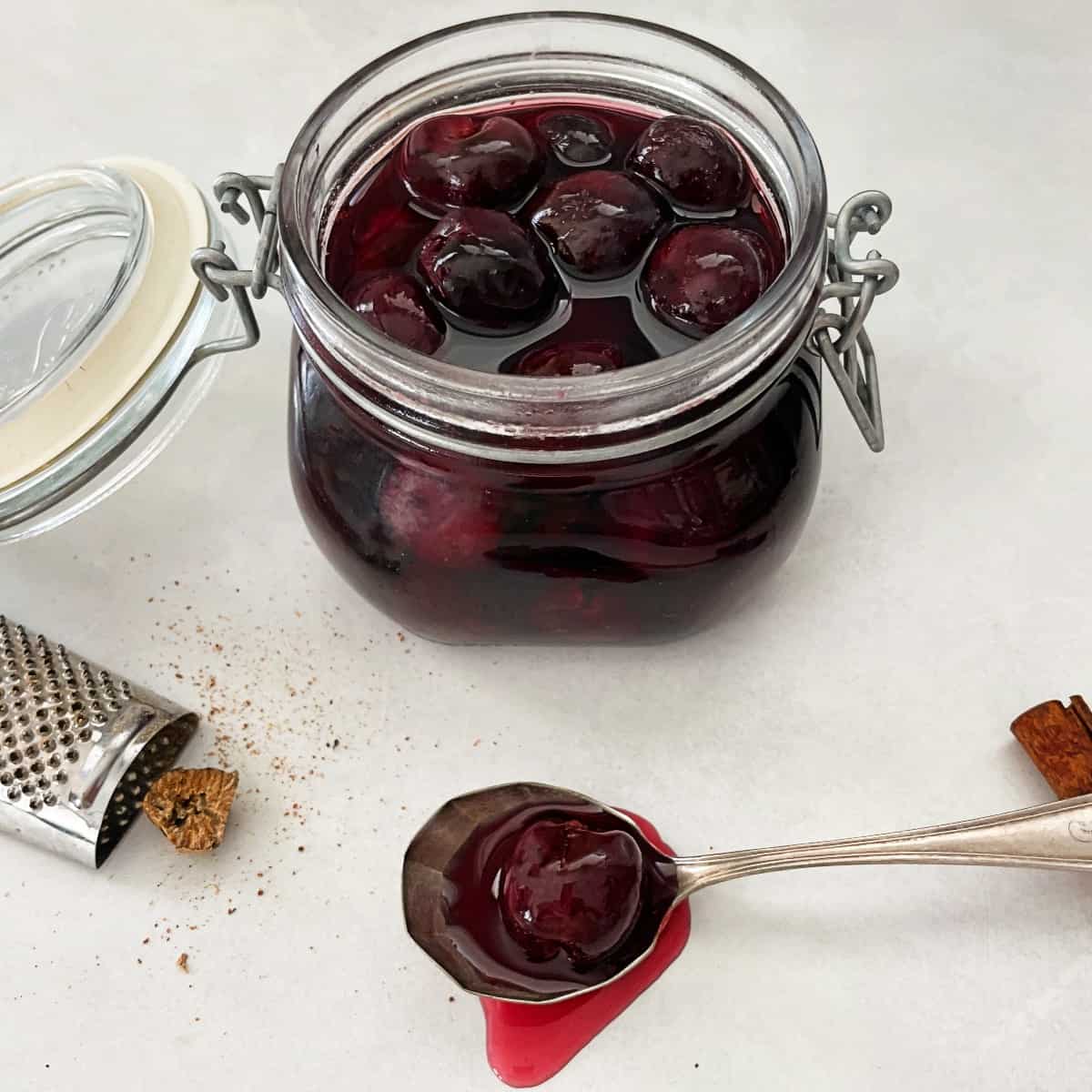
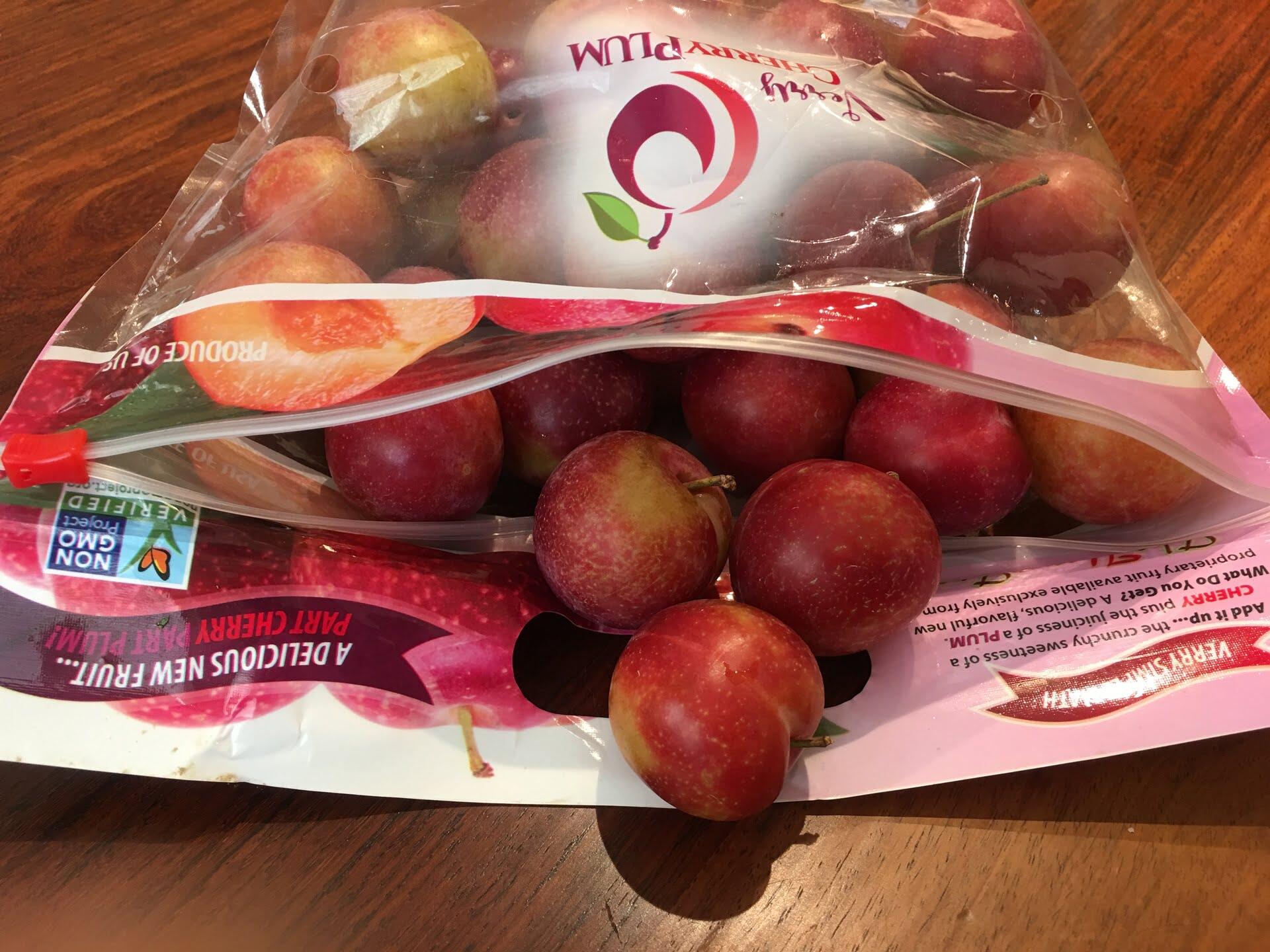

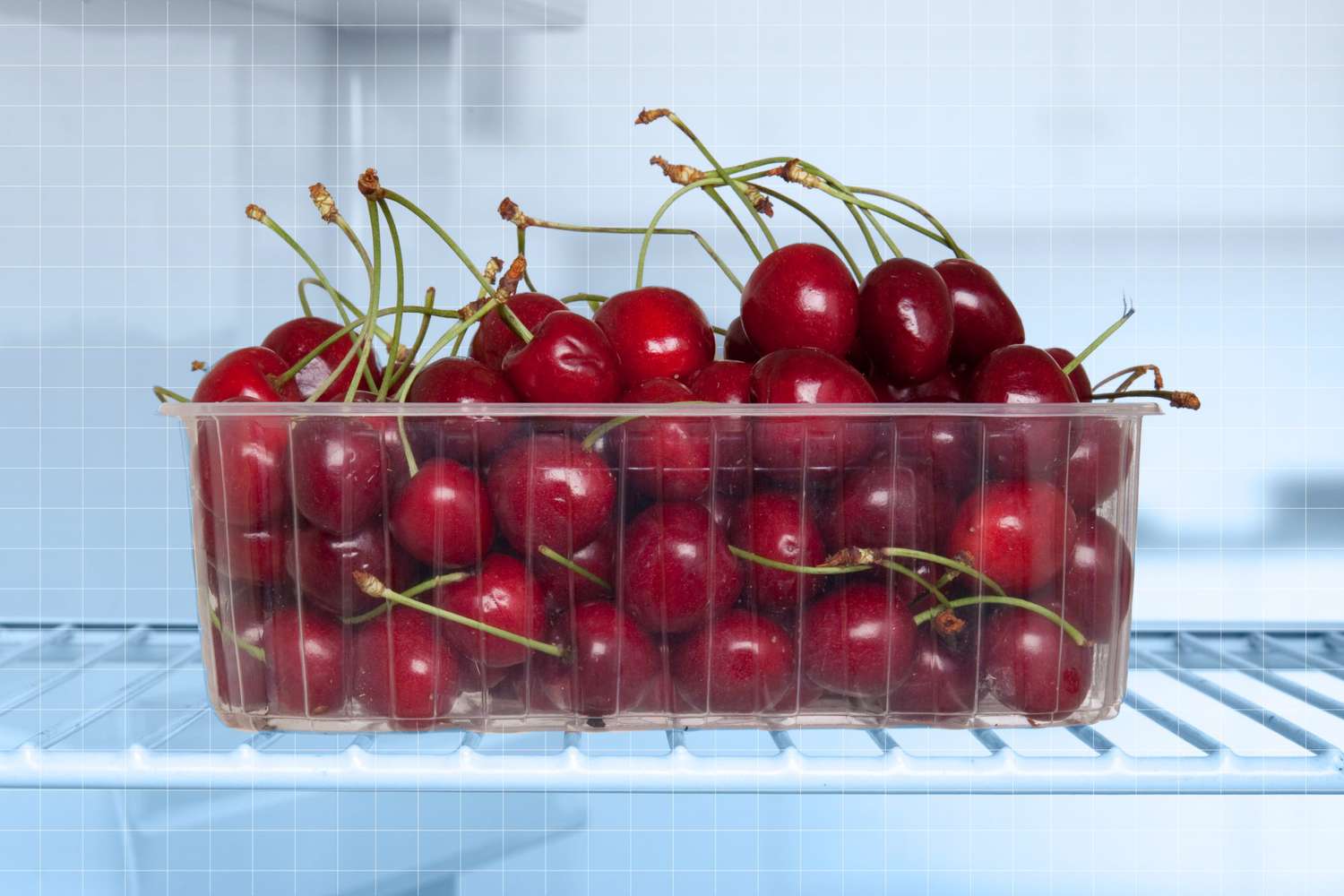


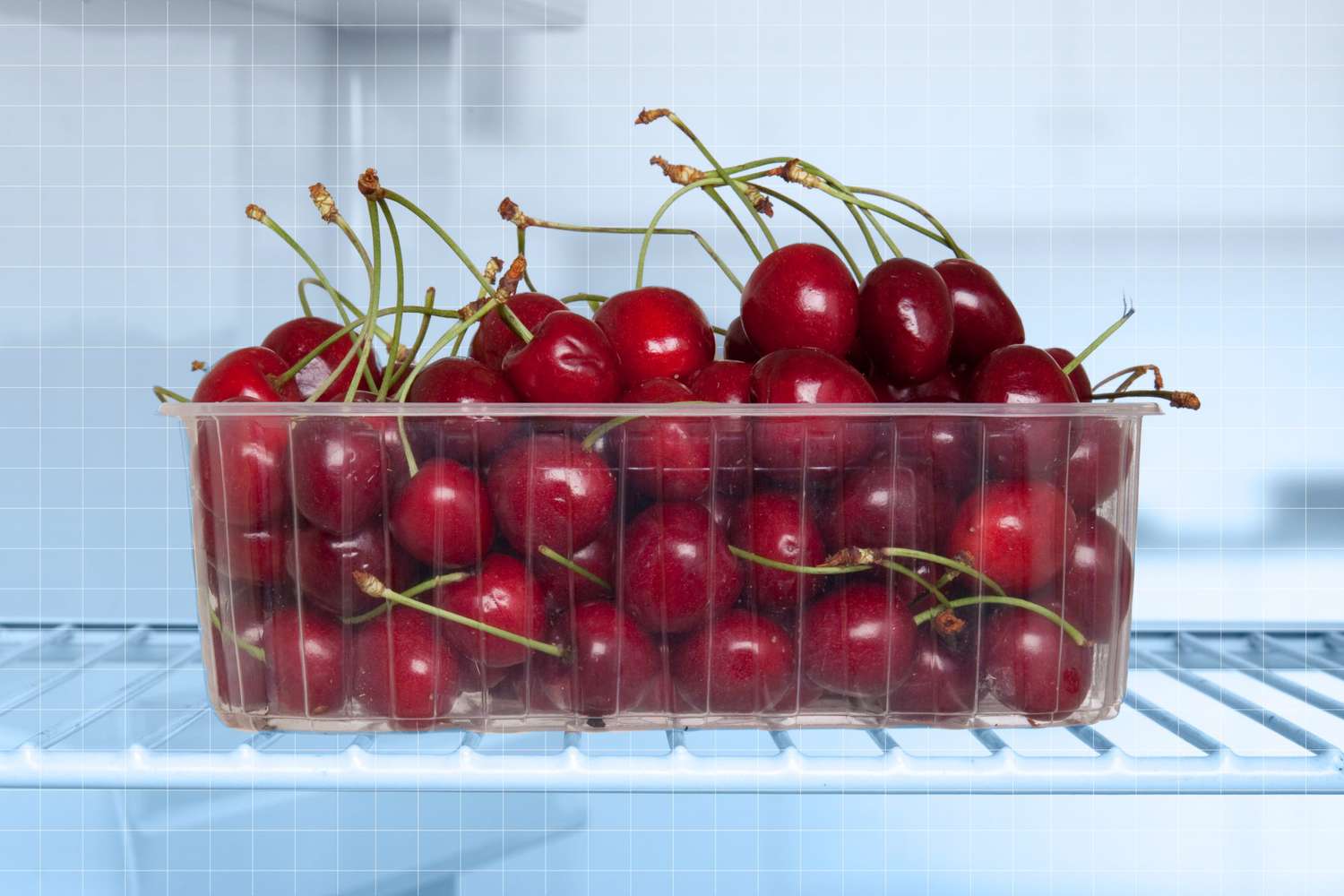






0 thoughts on “How To Store Cherries After Washing Them”